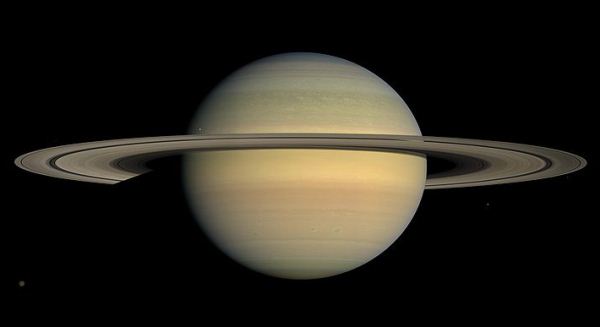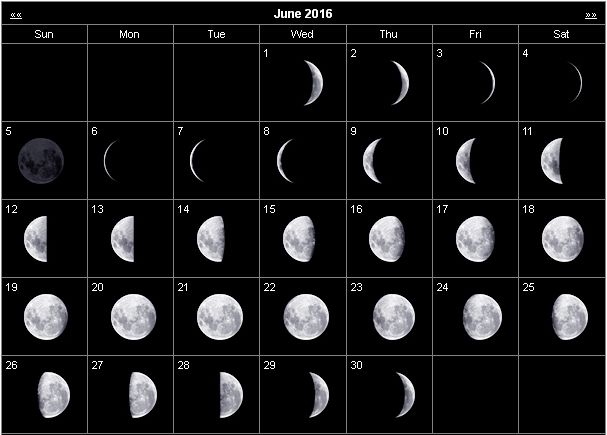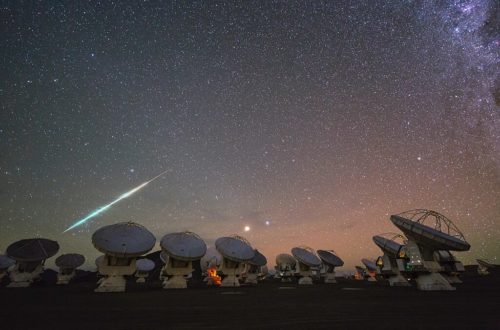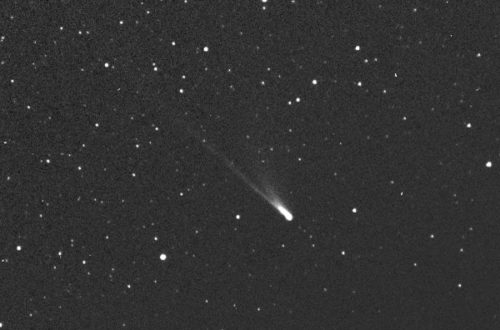Monthly Stargazing Calendar for June 2016

Looking for the June 2025 stargazing calendar?
On June 3 Saturn will be at opposition, which means it will be at its closest approach to Earth and its face will be fully illuminated by the Sun. This is the best time to view and photograph Saturn and its moons because it will be brighter than any other time of the year and will be visible all night long. With the help of a medium-sized or larger telescope you will be able to see Saturn’s rings and a few of its brightest moons, such as Titan. The photo of Saturn above was taken by the Cassini orbiter during the equinox in 2008.
Would you like to be notified of stargazing events?
Then on June 5 Mercury will be at greatest western elongation of 24.2 degrees from the Sun. This makes it the best time to view Mercury since it will be at its highest point above the horizon in the morning sky. Look for the planet low in the eastern sky just before sunrise.
Finally on June 20 we will have the June solstice at 22:34 UTC. The North Pole of the earth will be tilted toward the Sun, which will have reached its northernmost position in the sky and will be directly over the Tropic of Cancer at 23.44 degrees north latitude. This event marks the first day of summer (summer solstice) in the Northern Hemisphere and the first day of winter (winter solstice) in the Southern Hemisphere.
Moon phases
As you know, the moon has a big impact on the visibility of celestial bodies in the night sky. So here are the moon’s phases for this month:

Positions of the planets this month
Mercury: The closest planet to the Sun can be seen at dawn and dusk travelling across the constellation of Taurus, not far from Venus. This planet, being the closest to the Sun, will appear to move quickly in the night sky and its position will change in the following weeks.
Venus: The sister planet can be seen near Mercury travelling across the constellations of Taurus and Gemini. Just like Mercury, Venus can only be seen at dawn and dusk.
Mars: The red planet can be seen in the constellation of Libra.
Jupiter: The gas giant is visible in the constellation of Leo. Jupiter can easily be spotted with the naked eye, even in highly illuminated cities.
Saturn: The ringed giant can be seen with the naked eye in the constellation of Ophiuchus.
Uranus: The gas giant can be seen in the constellation of Pisces with the use of a telescope.
Neptune: The blue giant requires a telescope pointed in the constellation of Aquarius in order to be seen.
Major astronomical events next month
See also:
- Previous month’s calendar: Stargazing Calendar for May 2016
- Next month’s calendar: [Hiatus] Stargazing Calendar for September 2022
Would you like to receive similar articles by email?





